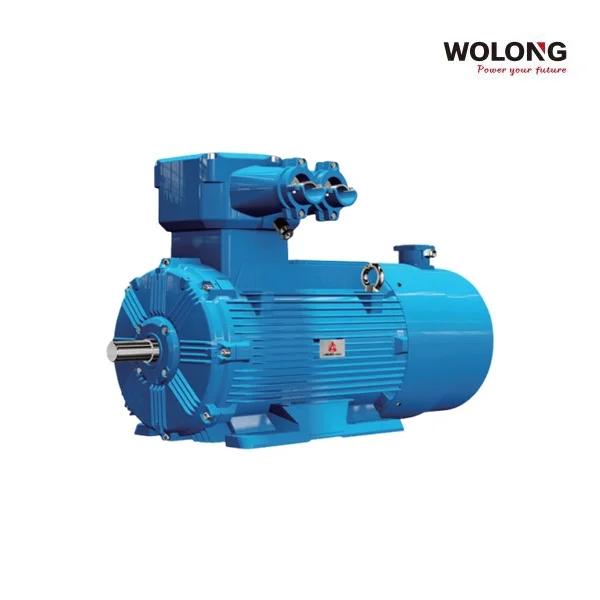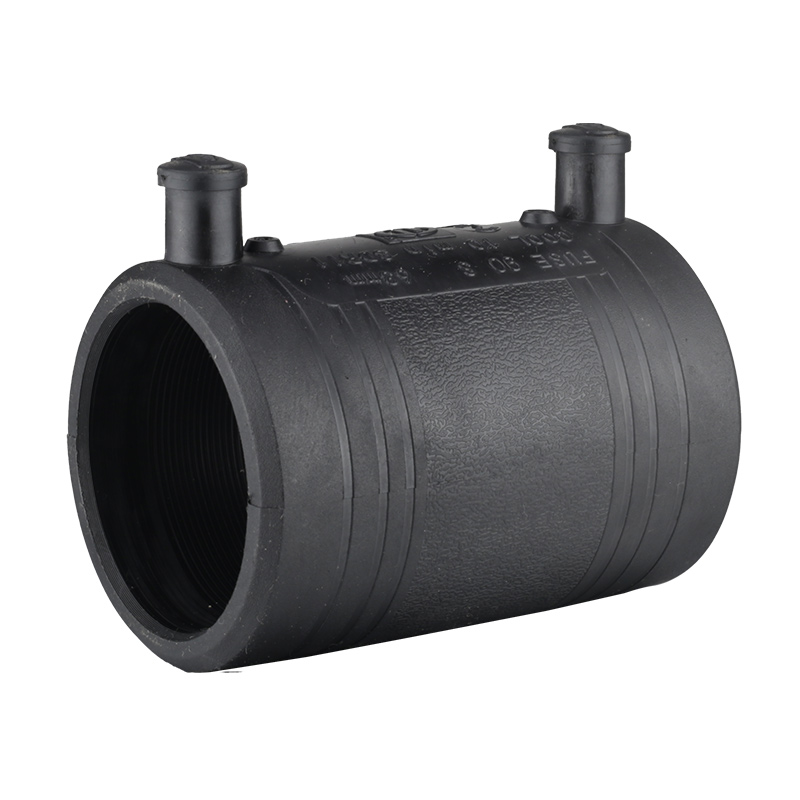In an era where security is paramount, night vision security cameras have become indispensable tools for both residential and commercial surveillance. As technology advances, the resolution of these cameras plays a critical role in their effectiveness. This article delves into the intricacies of night vision camera resolutions, exploring how they impact image quality, usability, and overall security effectiveness.
The Importance of Resolution in Night Vision Cameras
Resolution refers to the amount of detail that a camera can capture, typically measured in pixels. Higher resolution means more pixels, which translates to clearer and more detailed images. In the context of night vision security cameras, resolution is particularly crucial because low-light conditions can obscure details that are vital for identification and assessment.
Common Resolutions in Night Vision Cameras
- Standard Definition (SD):
- Resolution: 640 x 480 pixels
- Use Case: Basic surveillance needs, suitable for monitoring small areas where detail is not critical.
- Limitations: Inadequate for identifying individuals or objects at a distance, especially in low-light conditions.
- High Definition (HD):
- Resolution: 1280 x 720 pixels (720p)
- Use Case: A step up from SD, HD cameras provide better clarity and are suitable for residential use.
- Limitations: While improved, HD still struggles with fine details in low-light scenarios.
- Full High Definition (FHD):
- Resolution: 1920 x 1080 pixels (1080p)
- Use Case: Widely adopted for both residential and commercial applications, offering a good balance between cost and image quality.
- Benefits: Enhanced detail allows for better facial recognition and object identification even in low-light conditions.
- Ultra High Definition (UHD):
- Resolution: 3840 x 2160 pixels (4K)
- Use Case: Ideal for high-security environments where detail is paramount, such as banks or critical infrastructure.
- Advantages: Provides exceptional clarity, allowing for zooming in on images without losing detail, which is crucial for forensic analysis.
Factors Influencing Night Vision Camera Performance
While resolution is a key factor, several other elements contribute to the overall performance of night vision security cameras:
- Sensor Quality: The type of sensor (CCD vs. CMOS) can significantly affect image quality. CCD sensors typically offer better low-light performance, while CMOS sensors are more energy-efficient and cost-effective.
- Infrared (IR) Technology: Night vision cameras often use IR LEDs to illuminate dark areas. The range and quality of these LEDs can impact how well the camera performs in total darkness. Cameras with higher-quality IR illumination can capture clearer images at greater distances.
- Lens Quality: The lens used in a camera affects its ability to gather light. A higher-quality lens can improve image clarity, especially in low-light conditions.
- Compression Technology: The way video data is compressed can affect image quality. Advanced compression algorithms can maintain higher quality at lower bandwidths, which is essential for remote monitoring.
Choosing the Right Resolution for Your Needs
When selecting a night vision security camera, consider the following:
- Purpose: Determine the primary use of the camera. For general monitoring, HD may suffice, but for detailed surveillance, UHD is advisable.
- Environment: Assess the lighting conditions of the area to be monitored. Areas with minimal light may benefit from higher resolution cameras with superior low-light capabilities.
- Budget: Higher resolution cameras often come with a higher price tag. Balance your needs with your budget to find the best solution.
Conclusion
Understanding the resolution of night vision security cameras is essential for making informed decisions about surveillance systems. Higher resolutions provide clearer images, which are crucial for effective security monitoring. However, resolution is just one piece of the puzzle; factors such as sensor quality, IR technology, and lens quality also play significant roles in overall performance. By considering these elements, you can choose the right night vision camera that meets your specific security needs, ensuring peace of mind in an increasingly uncertain world.




More Stories
Maximizing Retail Space with Innovative Display Hooks
Why Bluetooth Water Bottles Are Becoming Popular Among Fitness Enthusiasts
Customizing Intelligent Circulation Fan Remote Controls for OEM and ODM Projects